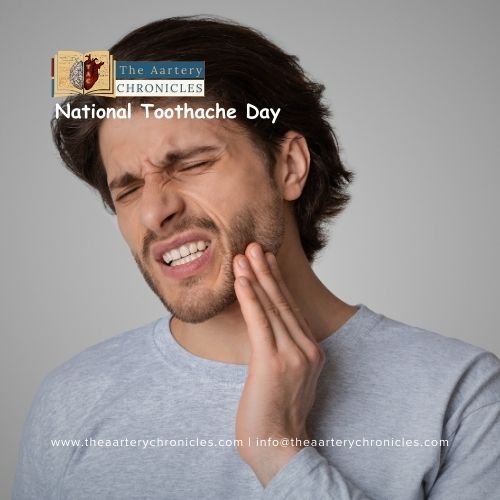

Hidden Dangers of Inhalers: What Doctors Won’t Tell You
Inhalers and nasal sprays are lifesavers for millions of people dealing with asthma, sinus issues, and allergies. These treatments usually contain corticosteroids, powerful medicines that reduce inflammation and help you breathe easier. However, new research suggests that using them for many years might come with hidden health risks.
A recent large-scale analysis has revealed that people who regularly use these steroid-based sprays and inhalers may face higher chances of developing certain infections, especially among older adults and women.
Hidden Infection Risks of Inhalers and Nasal Sprays
A meta-analysis published in Dovepress examined more than 21,000 cases of infections reported to the U.S. Food and Drug Administration’s Adverse Event Reporting System (FAERS). The results showed a clear pattern: long-term users of corticosteroid inhalers and nasal sprays were more likely to develop infections in the mouth, throat, eyes, and respiratory tract.
Researchers noted that over 60% of these infection cases involved women. Corticosteroids, though effective in calming inflammation, can weaken parts of the immune system, making it easier for bacteria, viruses, and fungi to grow.
Certain medications were linked to specific infections. For instance, fluticasone was associated with pneumonia and oral fungal infections, while beclomethasone users showed more viral and fungal problems. These findings highlight the importance of monitoring long-term steroid use, even for medications considered “safe” or “routine.”
How Steroid-Based Inhalers Can Affect Your Immune System
Many people assume that inhalers and nasal sprays only work locally in the lungs or nose. But the study found that small amounts of these steroids can enter the bloodstream and influence the immune system throughout the body.
Over time, this can lower the body’s ability to fight infections, leading to conditions like oral thrush (a fungal infection) or pneumonia. The study also linked other commonly used steroids, such as budesonide and ciclesonide, to infections caused by mycobacteria, which can trigger serious lung diseases.
Older adults appeared to be at greater risk. The average age of infection cases was 62, suggesting that age, weaker immunity, and prolonged medication use could make this group more vulnerable.
Why Women May Face Higher Risks
Another key takeaway from the research was the gender difference in infection rates. Women made up the majority of the reported infection cases related to inhalers and nasal sprays.
Experts believe this could be due to biological factors, such as hormonal influences on the immune system, or behavioural differences, since women are often more alert to changes in their health and more likely to report side effects.
Regardless of the reason, the finding underscores the need for women using these treatments to pay special attention to hygiene, dosage, and regular medical reviews. Doctors may also consider adjusting the frequency or strength of prescriptions for long-term users.
Why Awareness and Monitoring Matter
This new research serves as a timely reminder that even familiar medicines can have silent side effects. Inhalers and nasal sprays, though extremely effective, are not entirely risk-free. They can affect other parts of the body beyond the lungs or nasal passages.
By understanding these potential risks, patients can use their medications more safely. Regular medical checkups, open conversations with healthcare providers, and good hygiene habits can go a long way in preventing complications.
Ultimately, the key is to balance using these powerful treatments responsibly while staying alert to changes in your health.
Conclusion
Inhalers and nasal sprays are vital for managing respiratory and allergy problems, but long-term use may slightly increase infection risks, especially in women and older adults. With proper use, hygiene, and regular doctor guidance, these medications can remain safe and effective tools for healthy breathing.
Source: Inputs from various media Sources
I’m a pharmacist with a strong background in health sciences. I hold a BSc from Delhi University and a pharmacy degree from PDM University. I write articles and daily health news while interviewing doctors to bring you the latest insights. In my free time, you’ll find me at the gym or lost in a sci-fi novel.
- Priya Bairagi
- Health News and Updates,People Forum
- 31 October 2025
- 13:00








